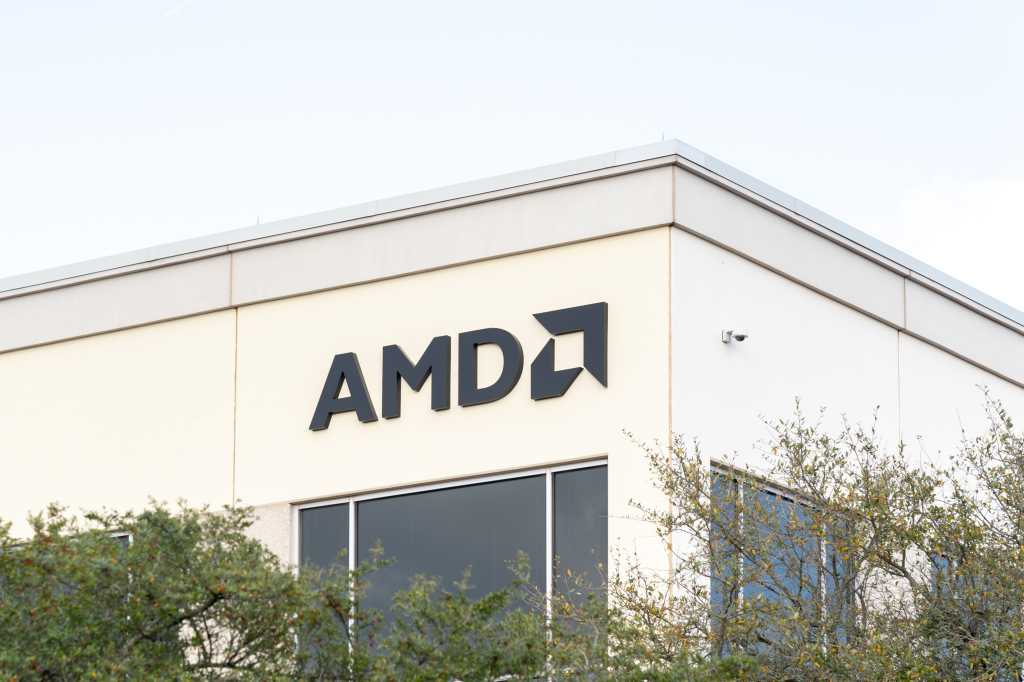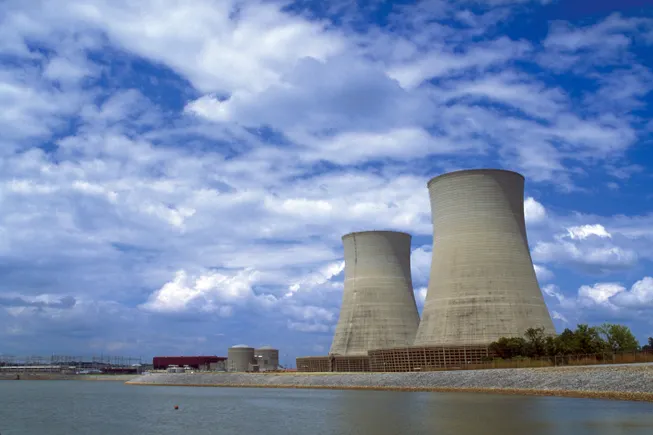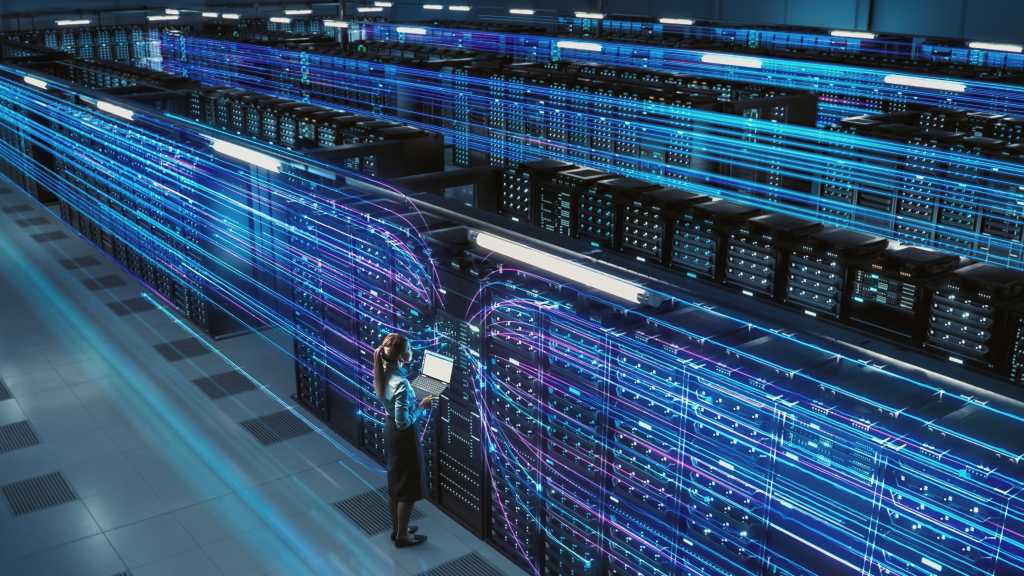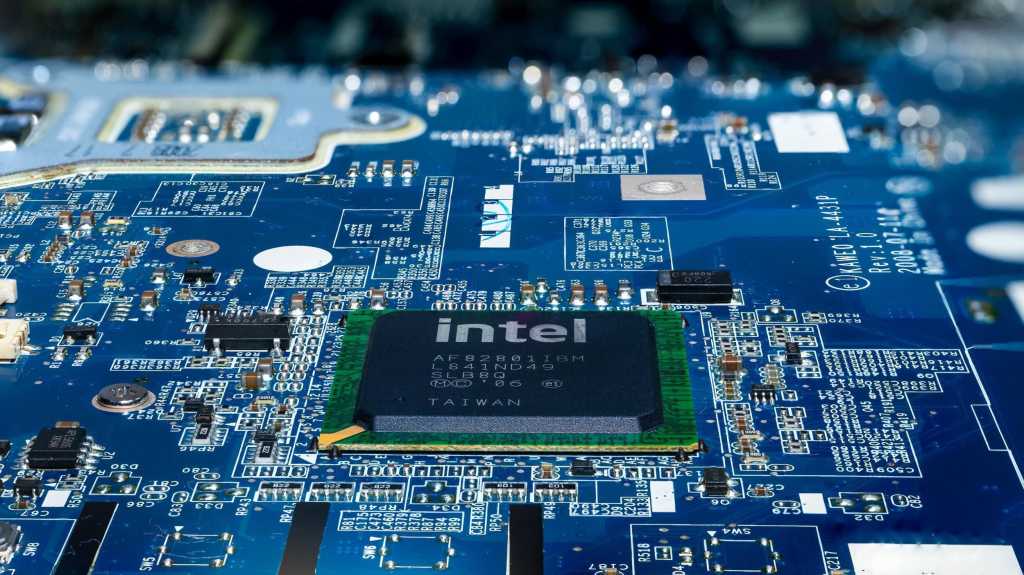
TotalEnergies SE has committed to buying two million metric tons per annum (MMtpa) of liquefied natural gas (LNG) for 20 years from the pending Ksi Lisims LNG project in British Columbia.
Concurrently the French integrated energy company also agreed to acquire a 5 percent stake in Western LNG LLC, one of the partners advancing the project and the future operator. “This acquisition grants TotalEnergies the option to increase its stake in Western LNG and/or take a direct stake in the plant up to approximately 10 percent when the final investment decision is made”, TotalEnergies said in an online statement.
With a planned capacity of 12 MMtpa, the project is expected to become operational 2029. It is undergoing environmental assessment and preliminary engineering. Construction could start this year, Ksi Lisims LNG LP, a partnership between the Nisga’a nation, Rockies LNG Partners and Western LNG, says on its website.
To rise on Indigenous land about nine miles west of the Gingolx village, the project is ideally situated along the country’s west coast as it has direct access to overseas markets and is close to proposed natural gas pipeline routes, according to Ksi Lisims.
The partners tout the project as the world’s lowest-emission LNG facility. It is designed to have two floating LNG production and storage facilities, which will be built by Samsung Heavy Industries Co. Ltd., with an all-electric process technology developed by Black & Veatch Corp.
TotalEnergies noted the project’s location on the Pacific coast of Canada gives the facility a “privileged access” to Asia, the biggest LNG market.
“This purchase of LNG from the future Ksi Lisims LNG plant will allow us to diversify our LNG portfolio in North America and benefit from competitive LNG supply in Western Canada to better serve our Asian customers, with whom we are developing a significant portfolio of long-term supply contracts”, said Stéphane Michel, president for gas, renewables and power at TotalEnergies.
TotalEnergies aims to increase the share of natural gas in its sales mix to nearly 50 percent by 2030.
TotalEnergies is the project’s second offtaker, after Shell PLC. Its British rival also subscribed for two MMtpa for 20 years.
“LNG is a critical pillar of global energy security and global demand is set to increase in the years to come”, then-Shell Energy executive vice-president Steve Hill said in a press release January 8, 2024. “We are pleased to sign this agreement with Ksi Lisims LNG which will help Shell to continue providing diverse and flexible LNG supply to its customers”.
To contact the author, email [email protected]
What do you think? We’d love to hear from you, join the conversation on the
Rigzone Energy Network.
The Rigzone Energy Network is a new social experience created for you and all energy professionals to Speak Up about our industry, share knowledge, connect with peers and industry insiders and engage in a professional community that will empower your career in energy.
MORE FROM THIS AUTHOR




















